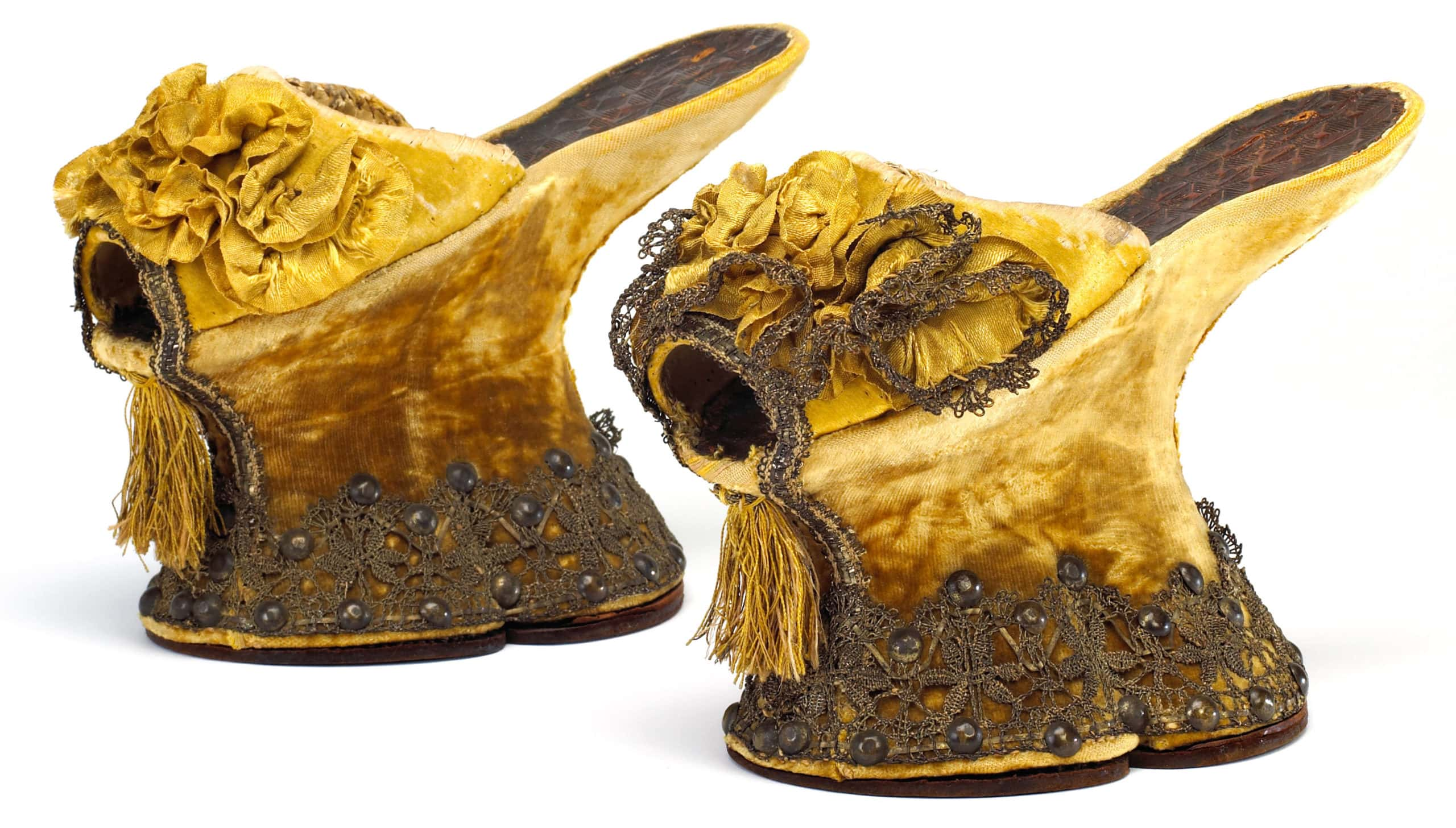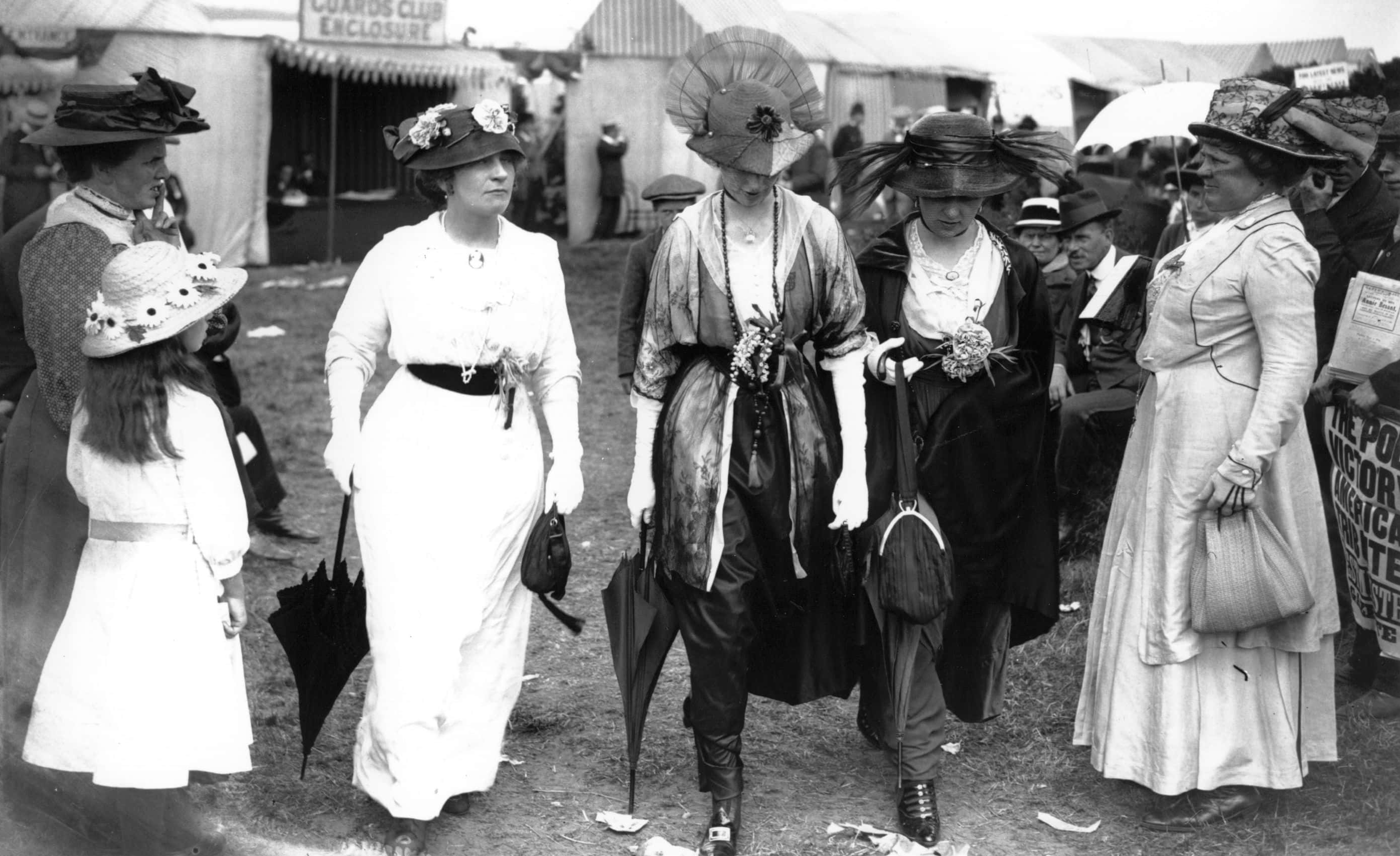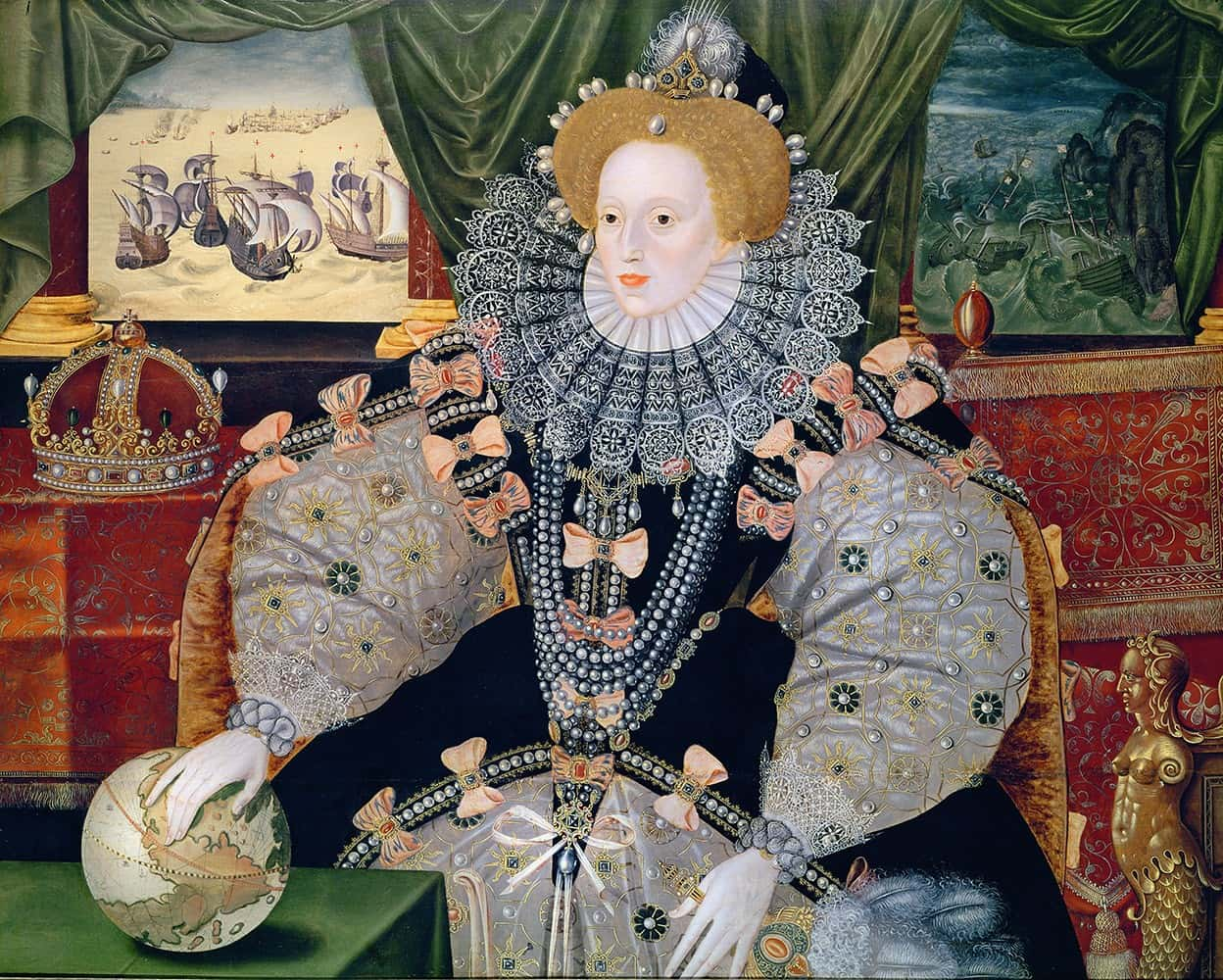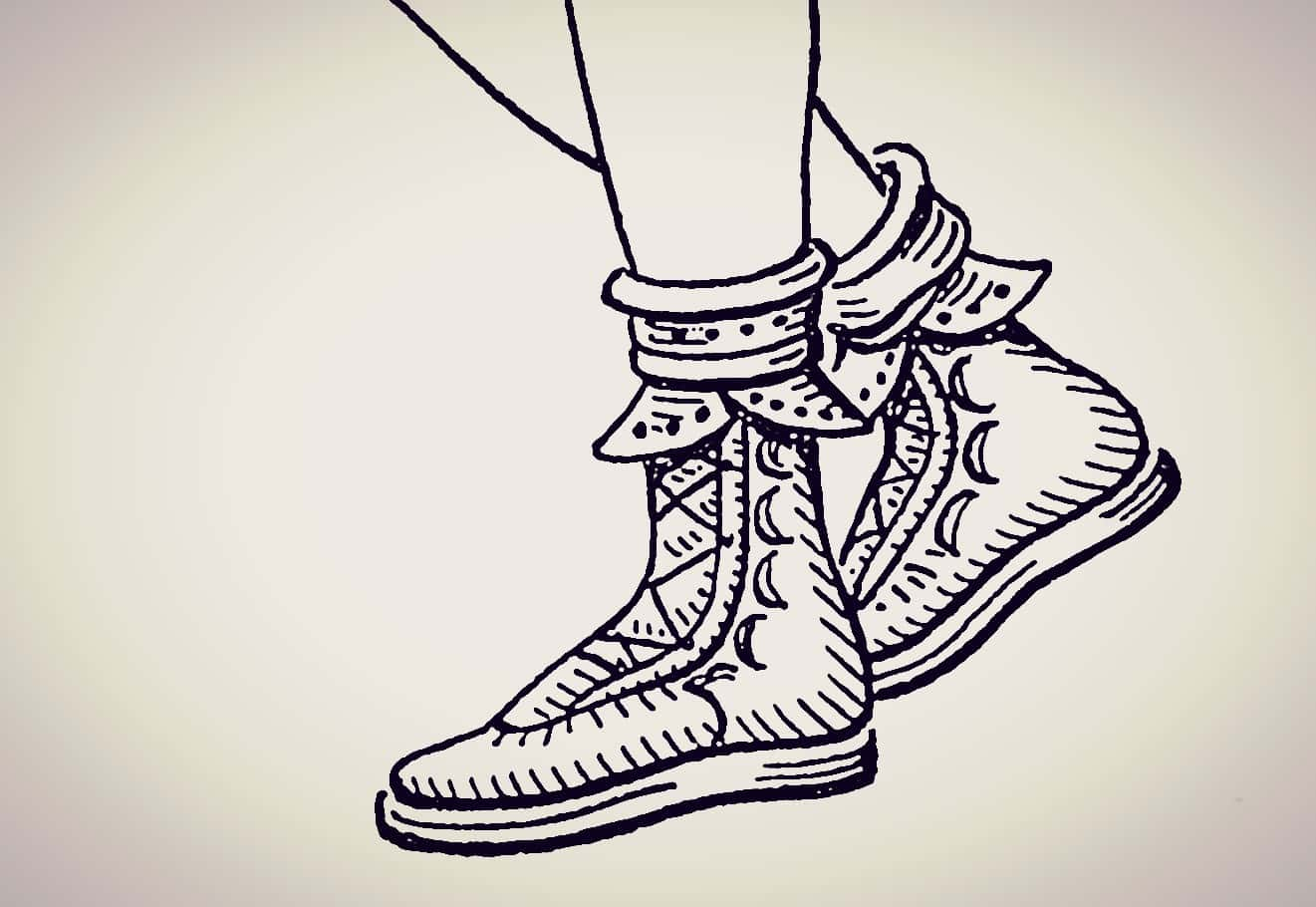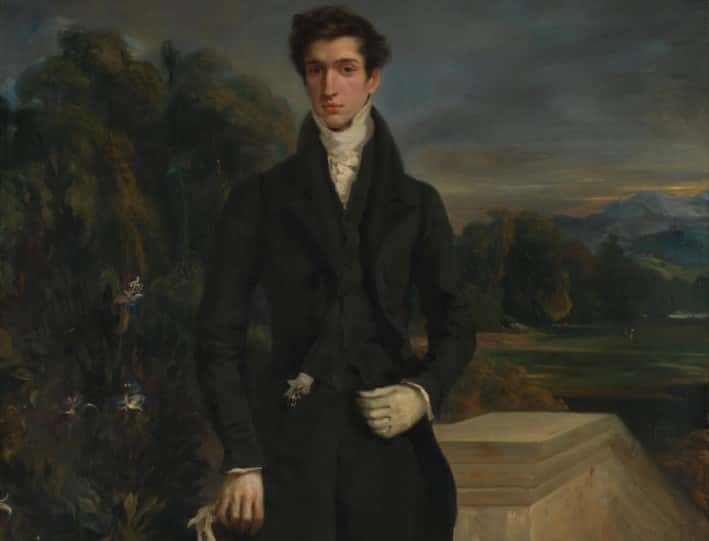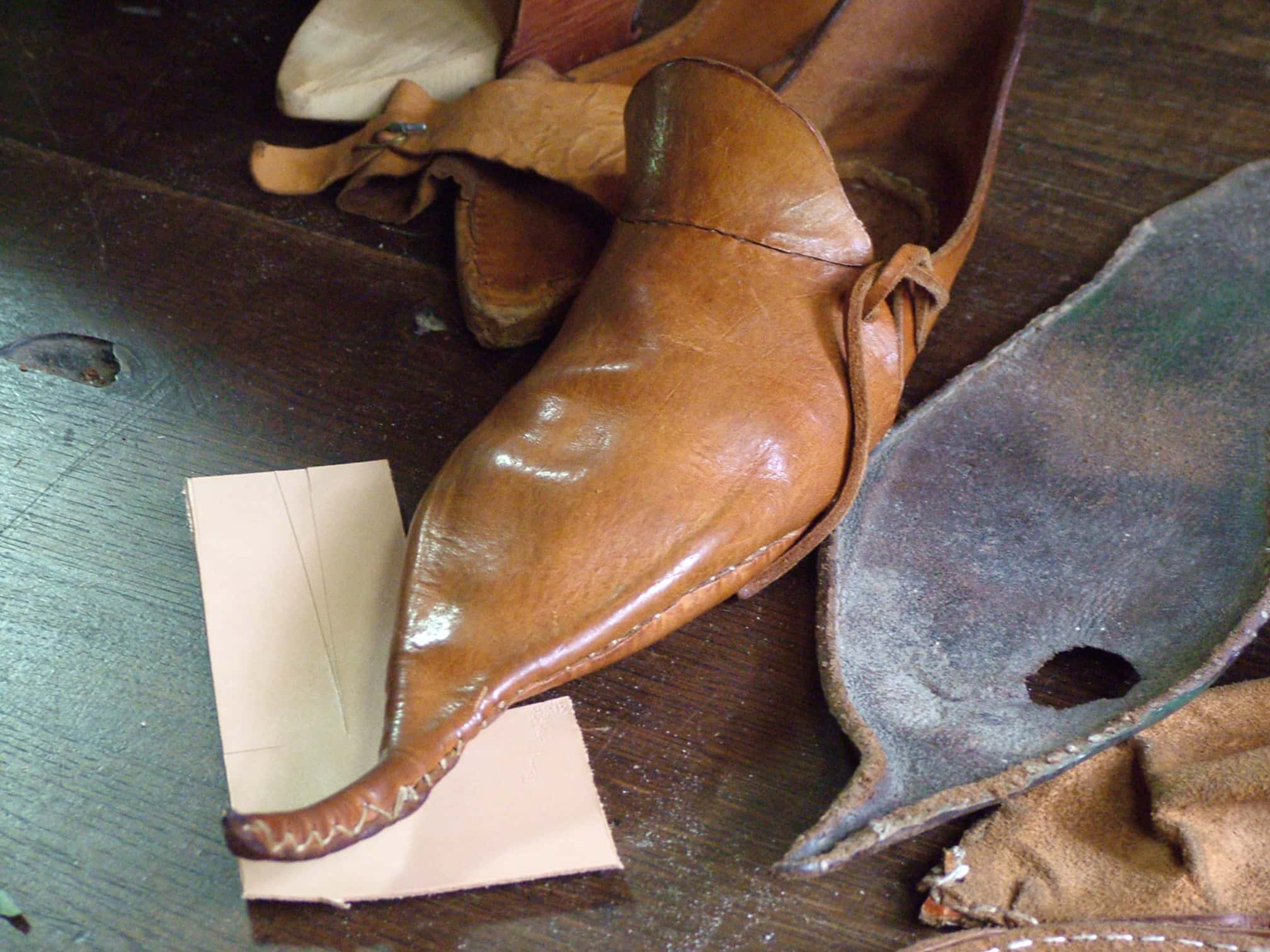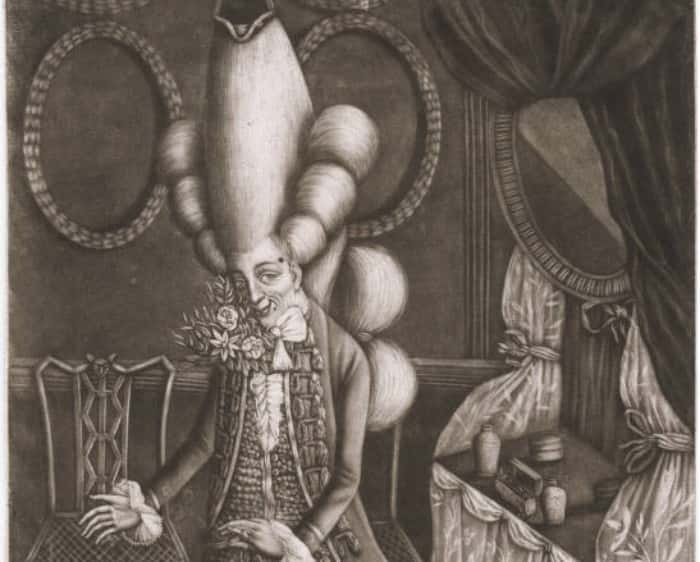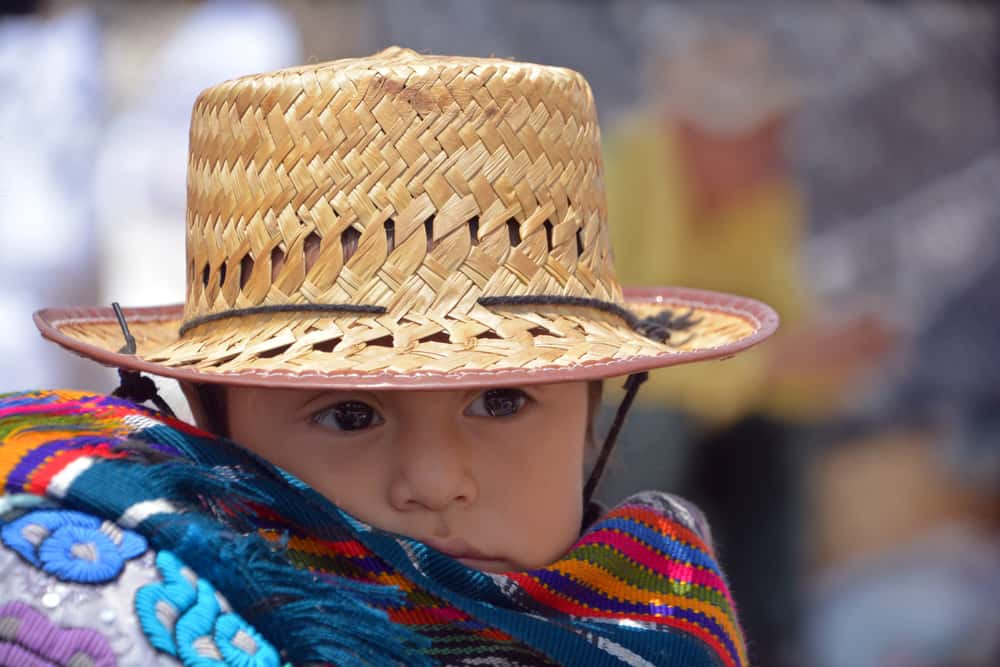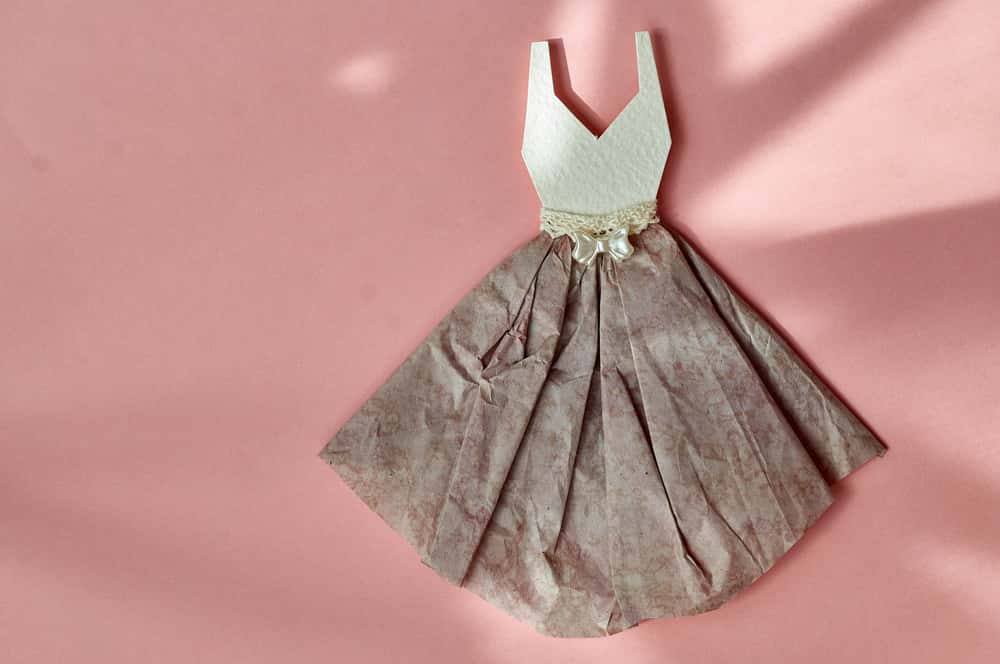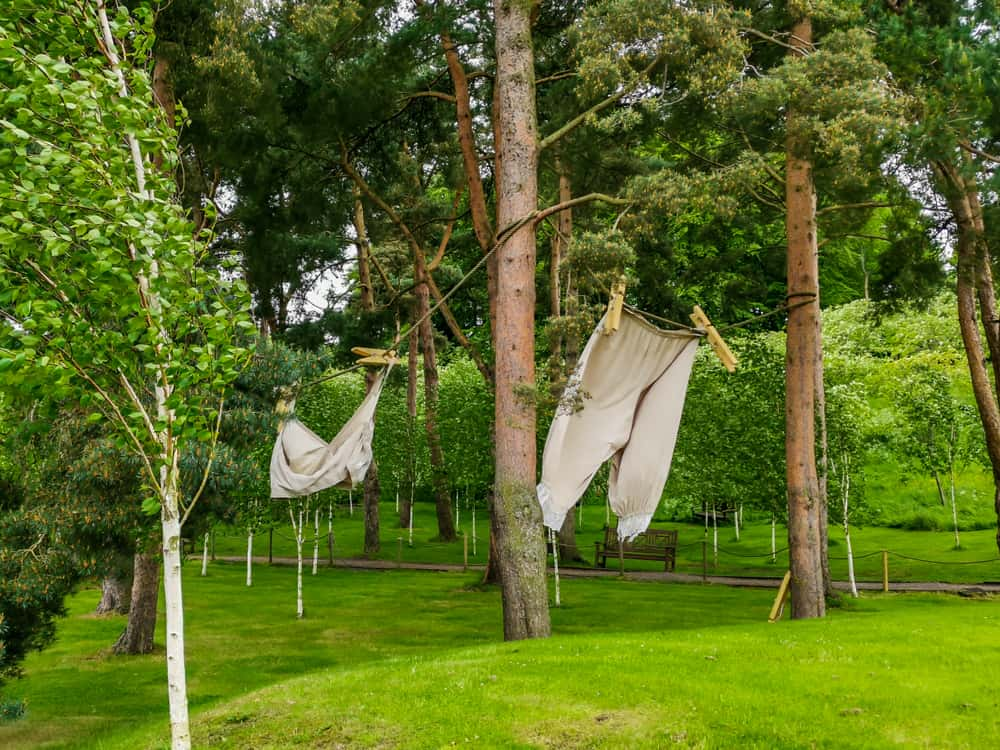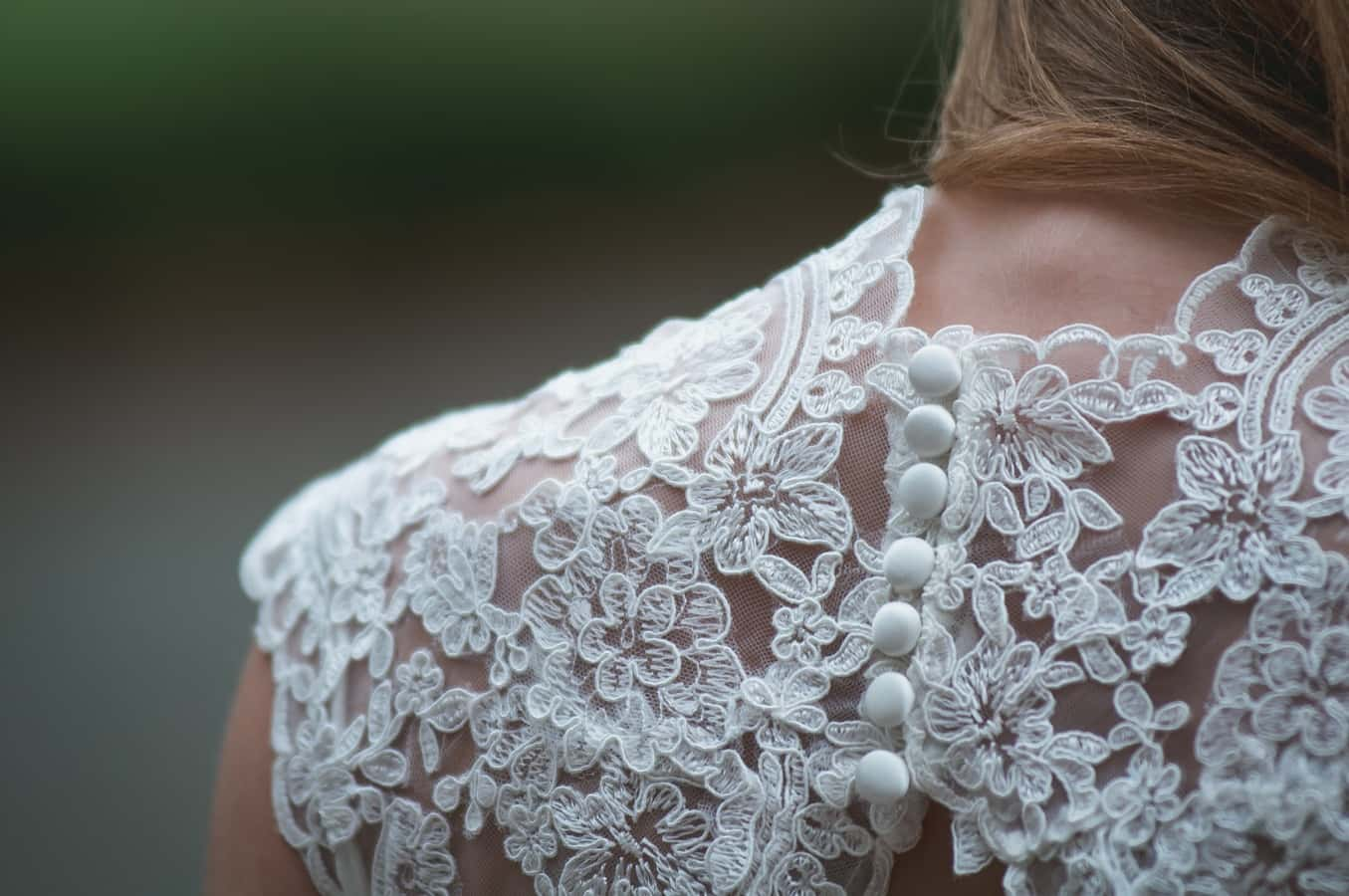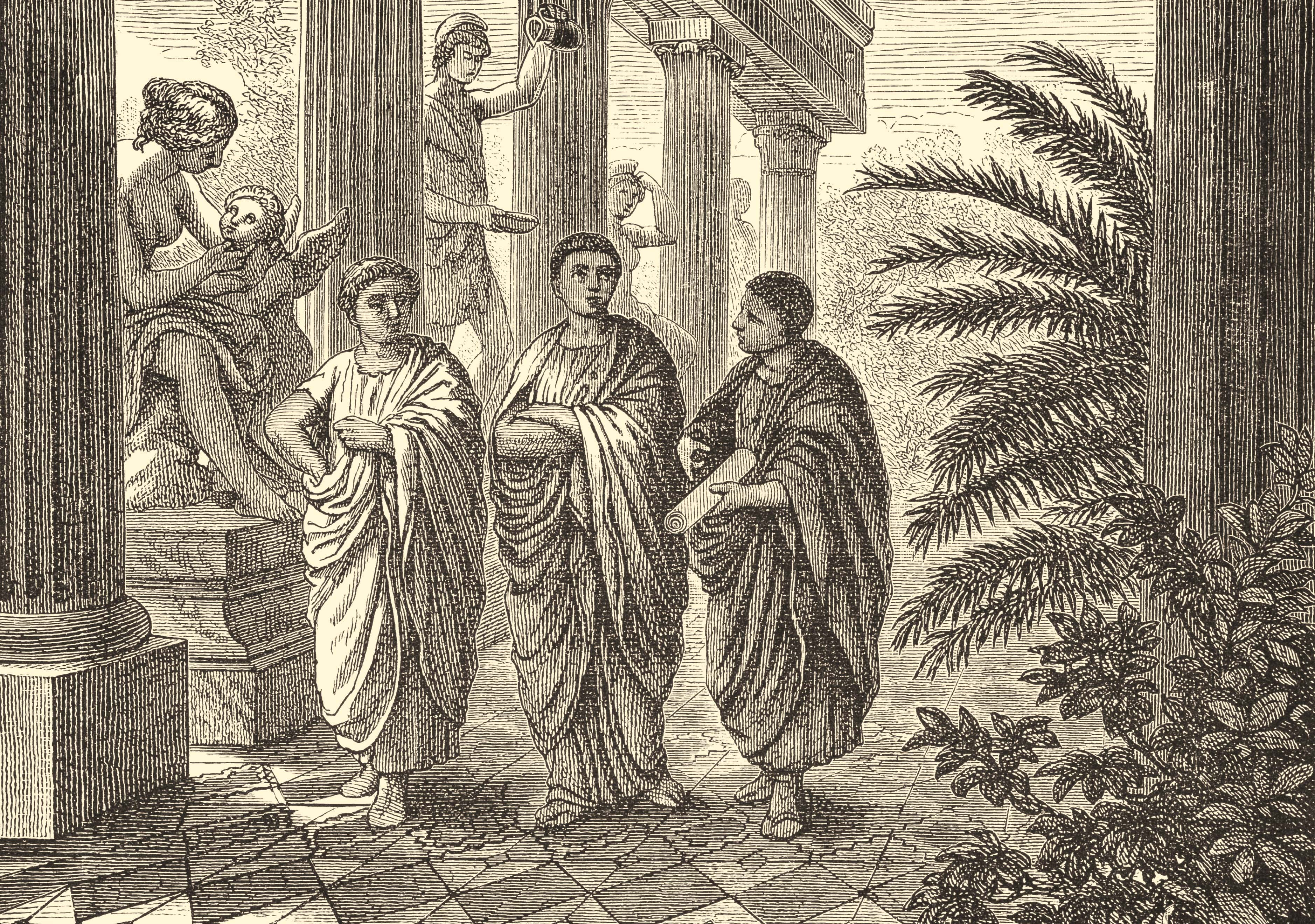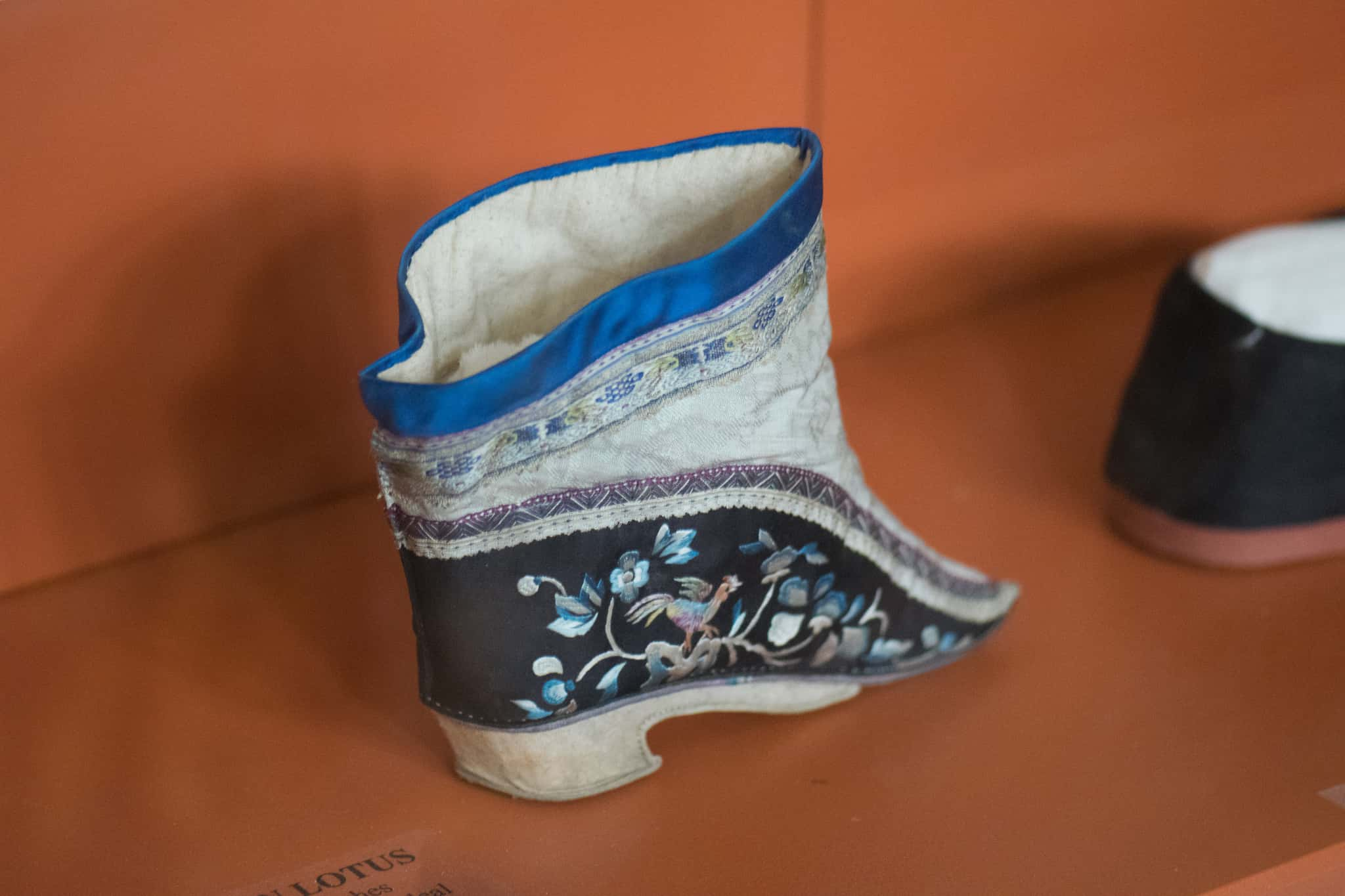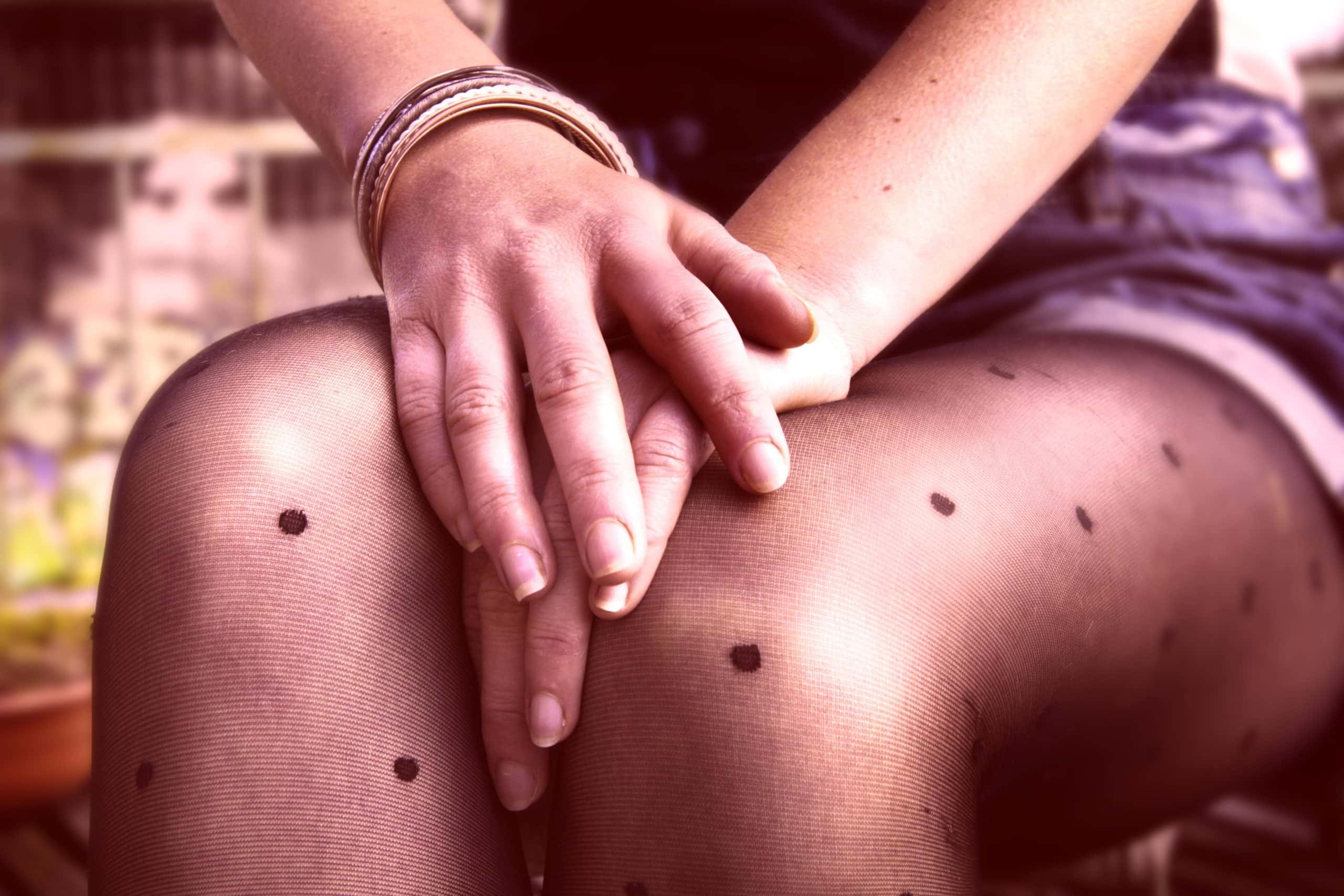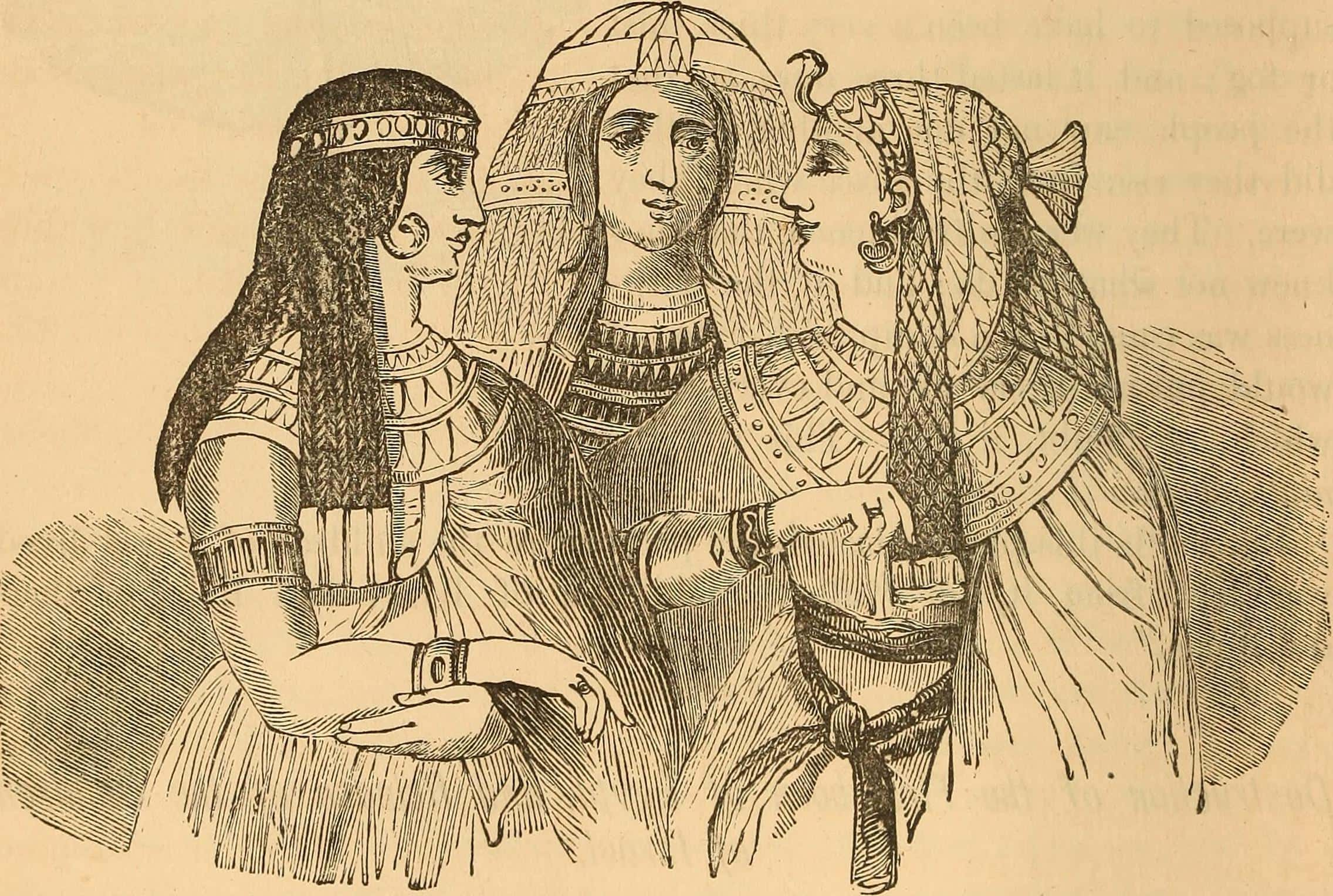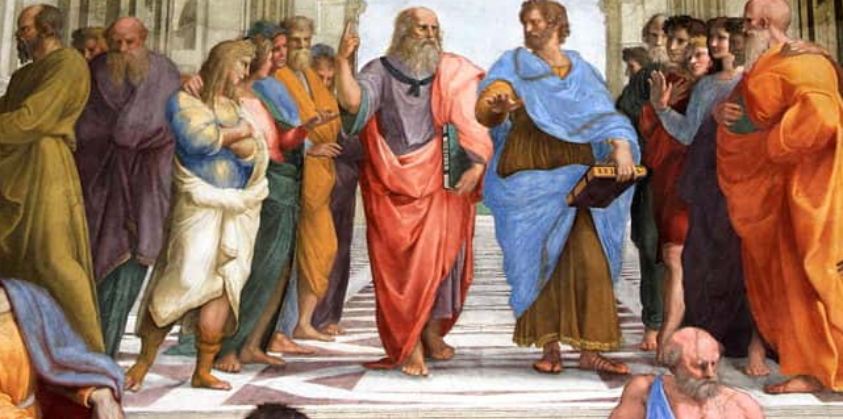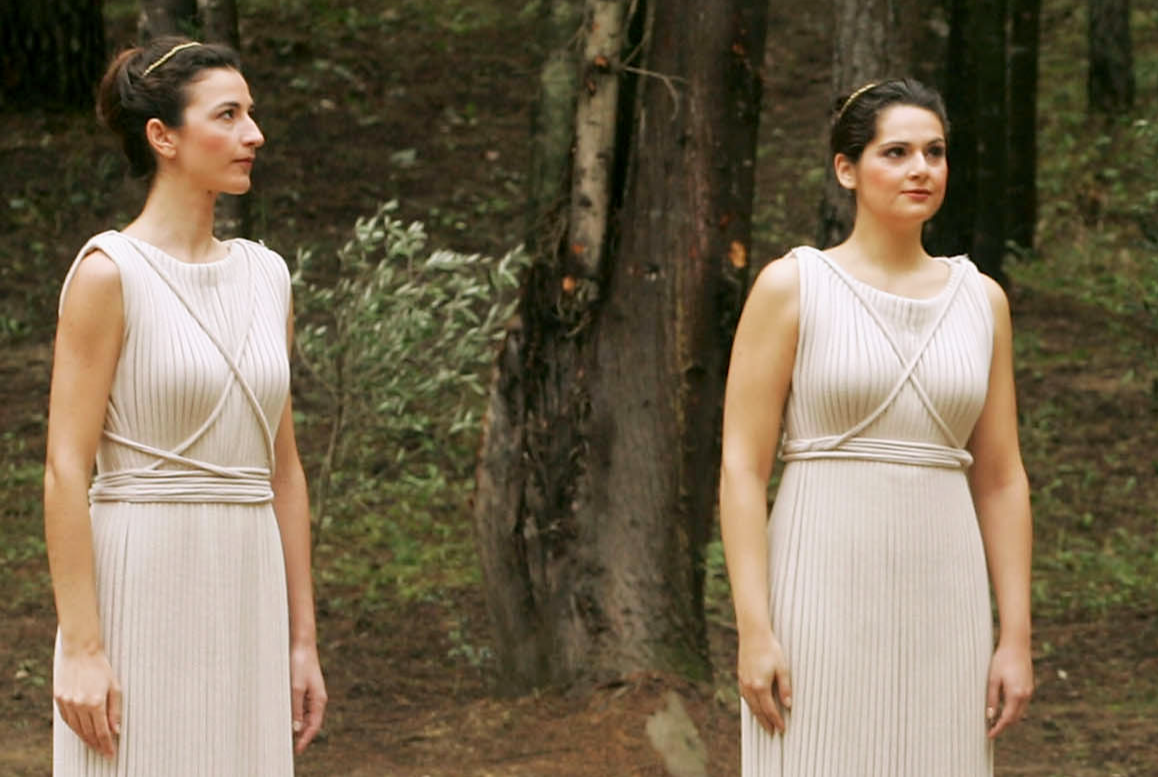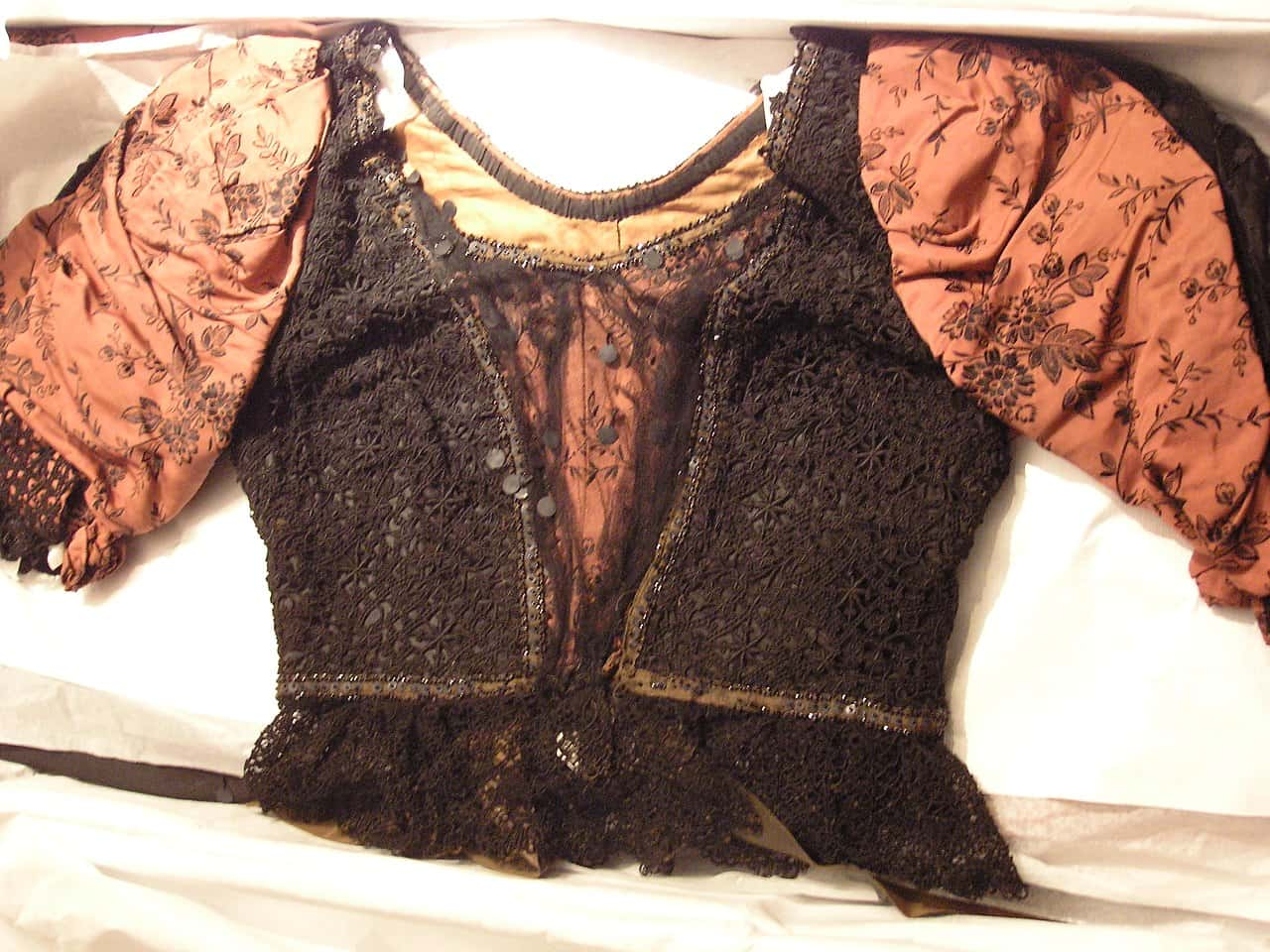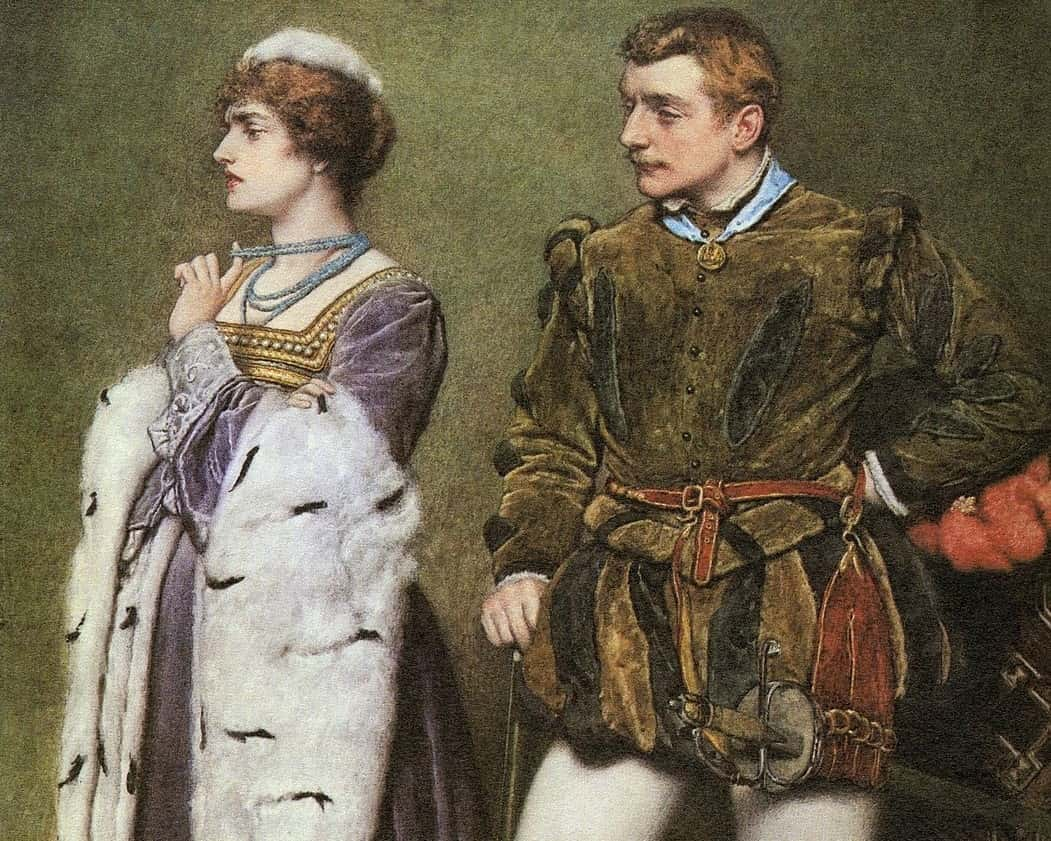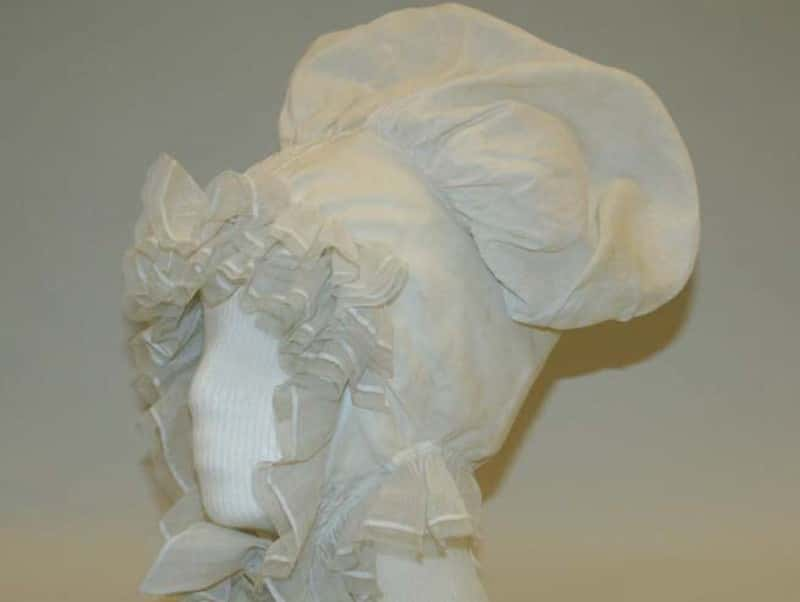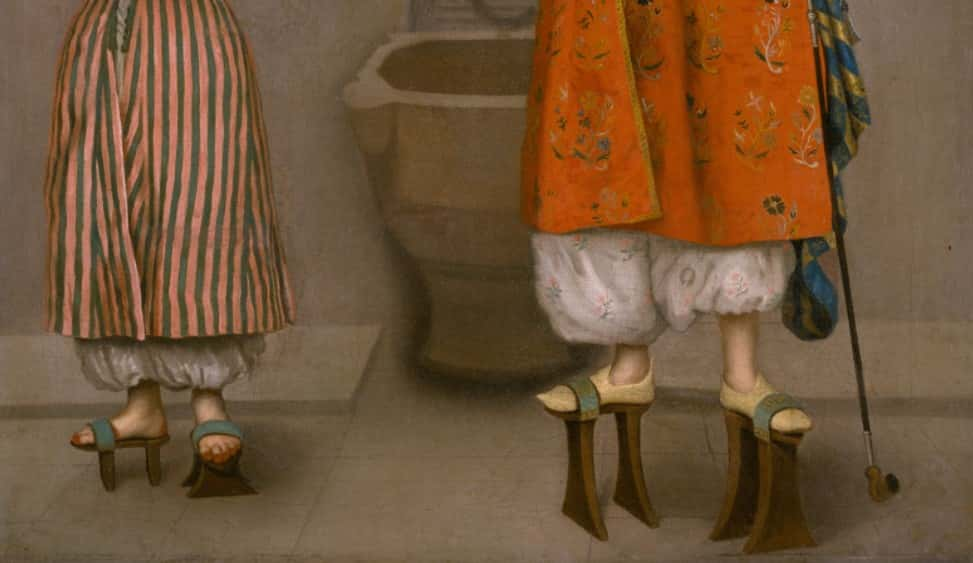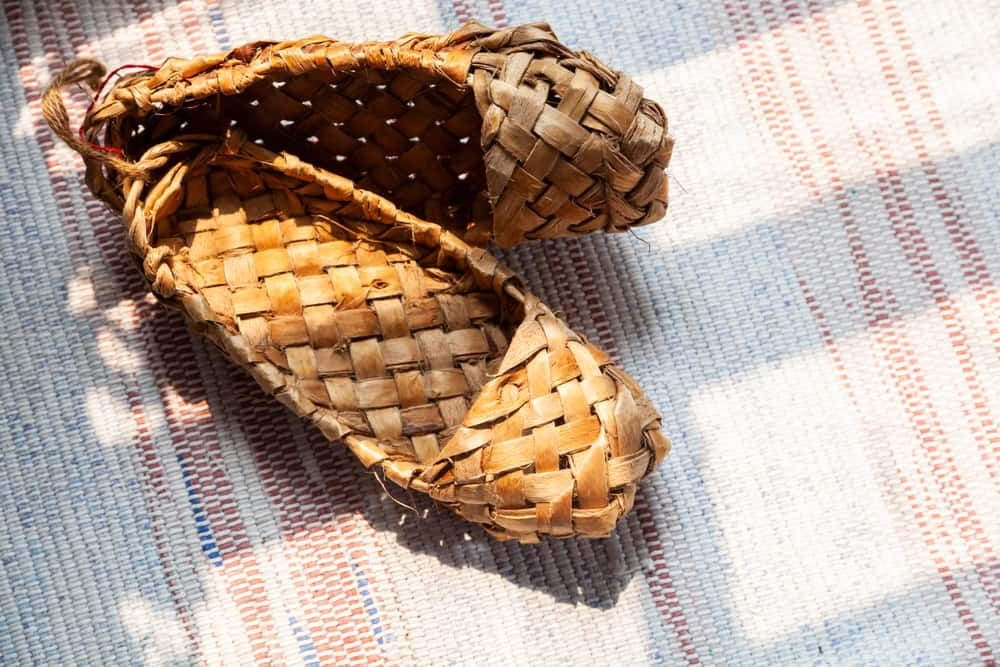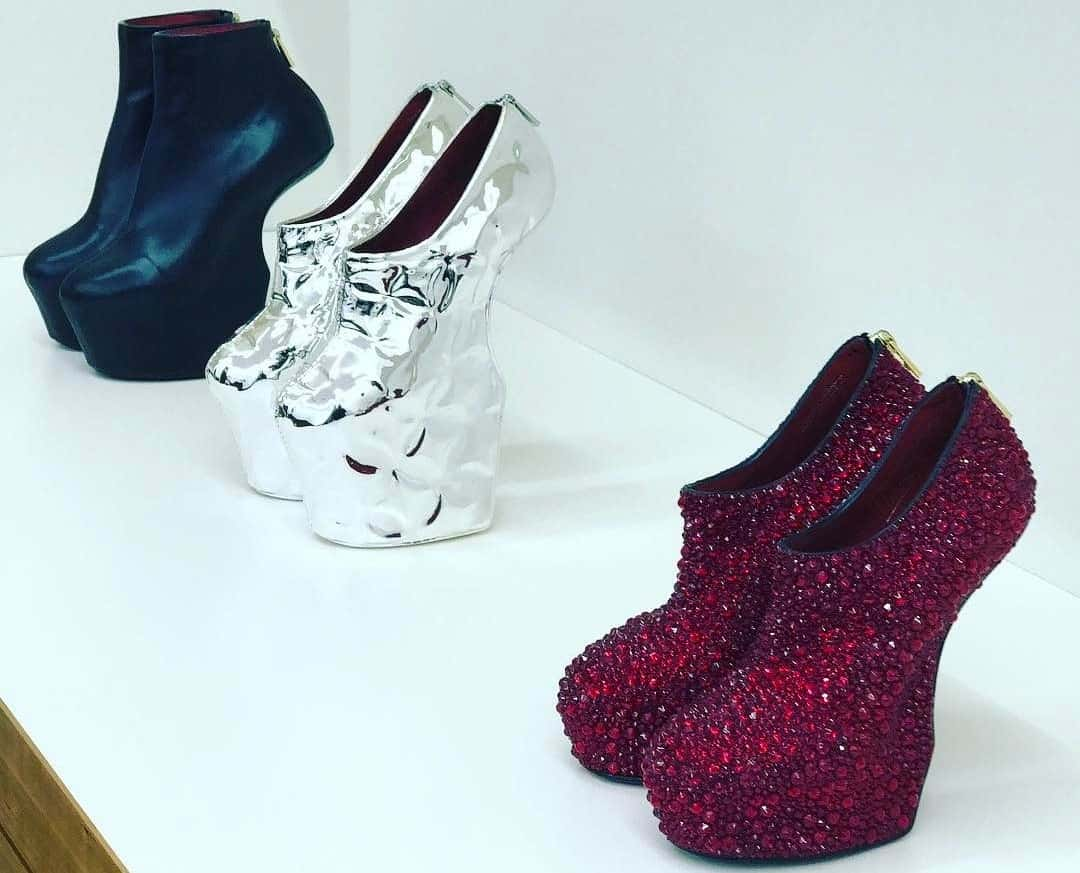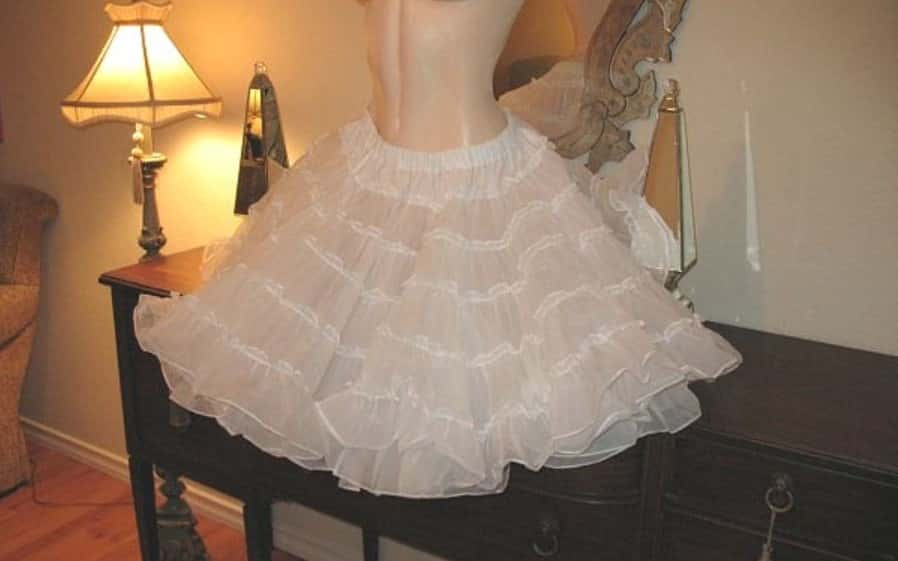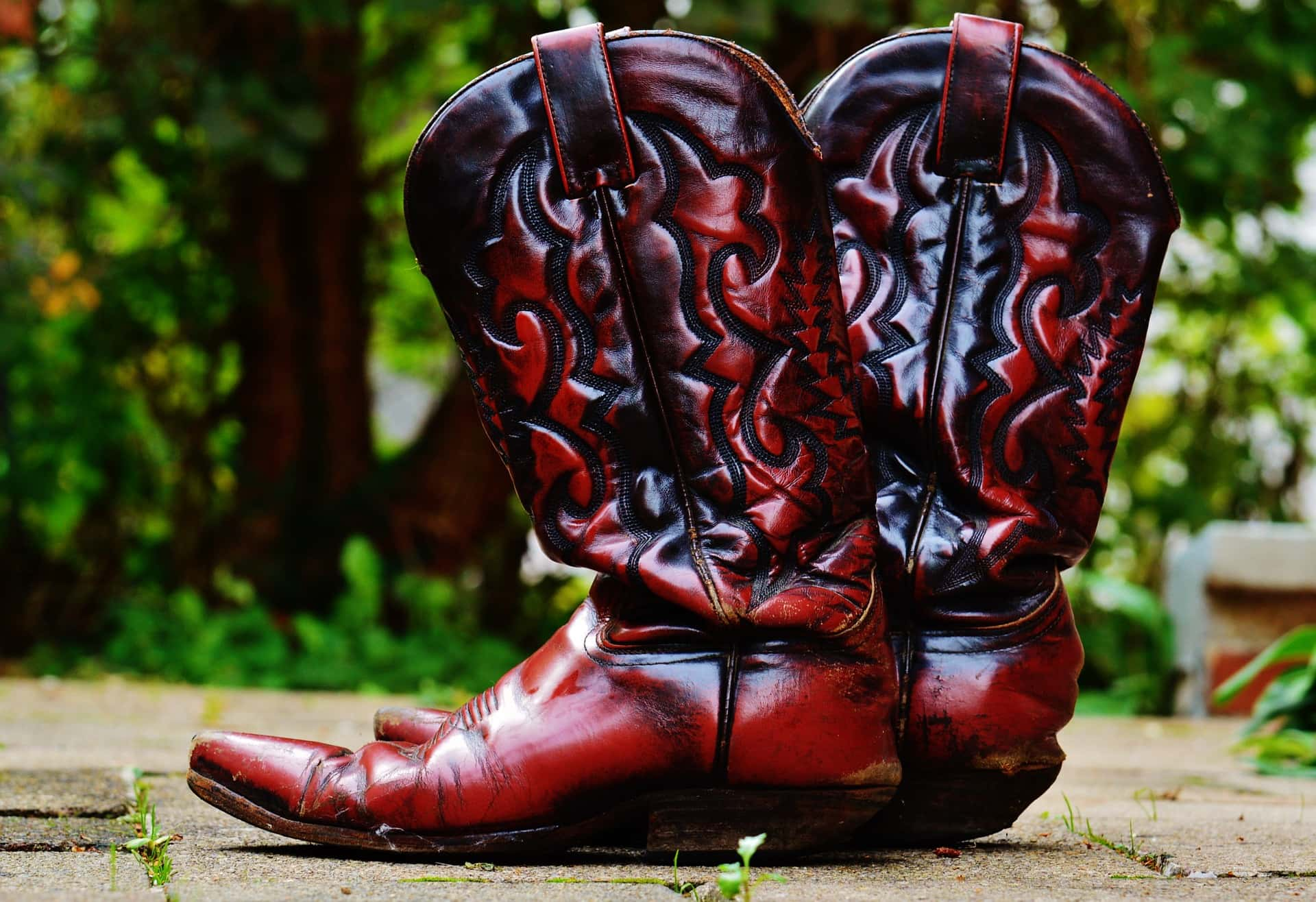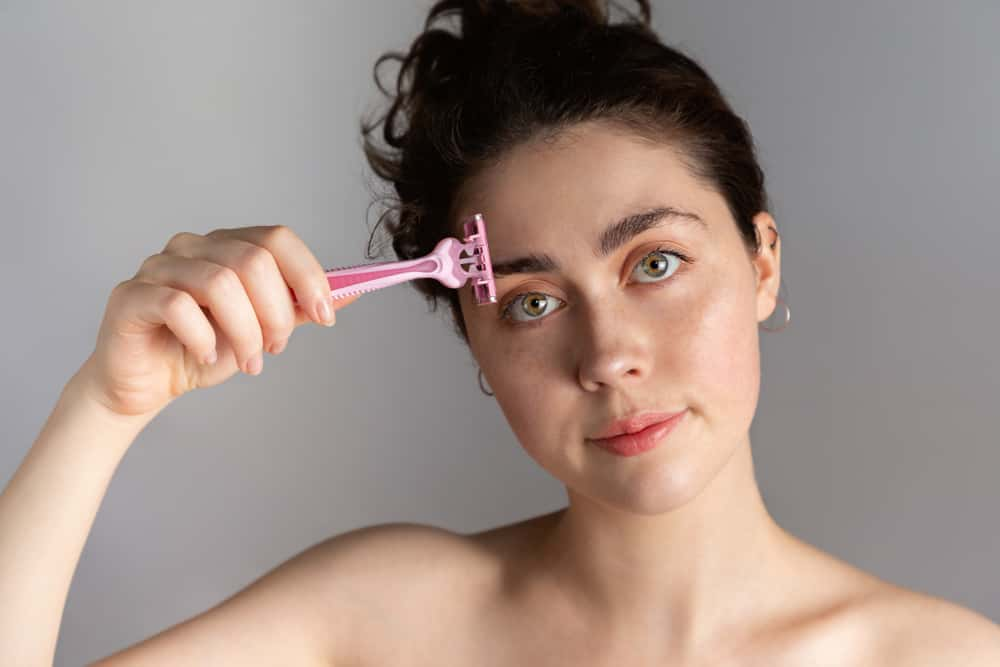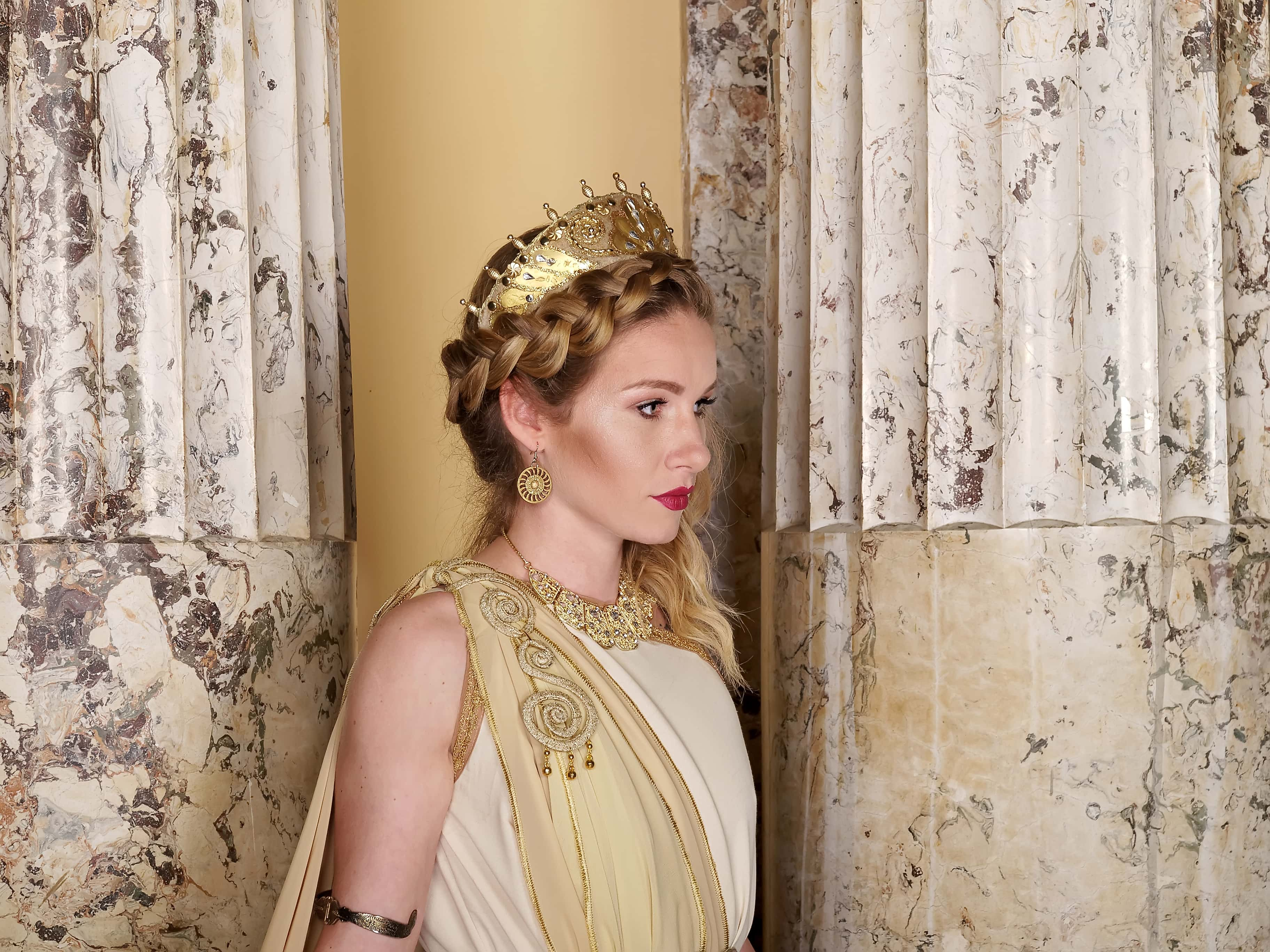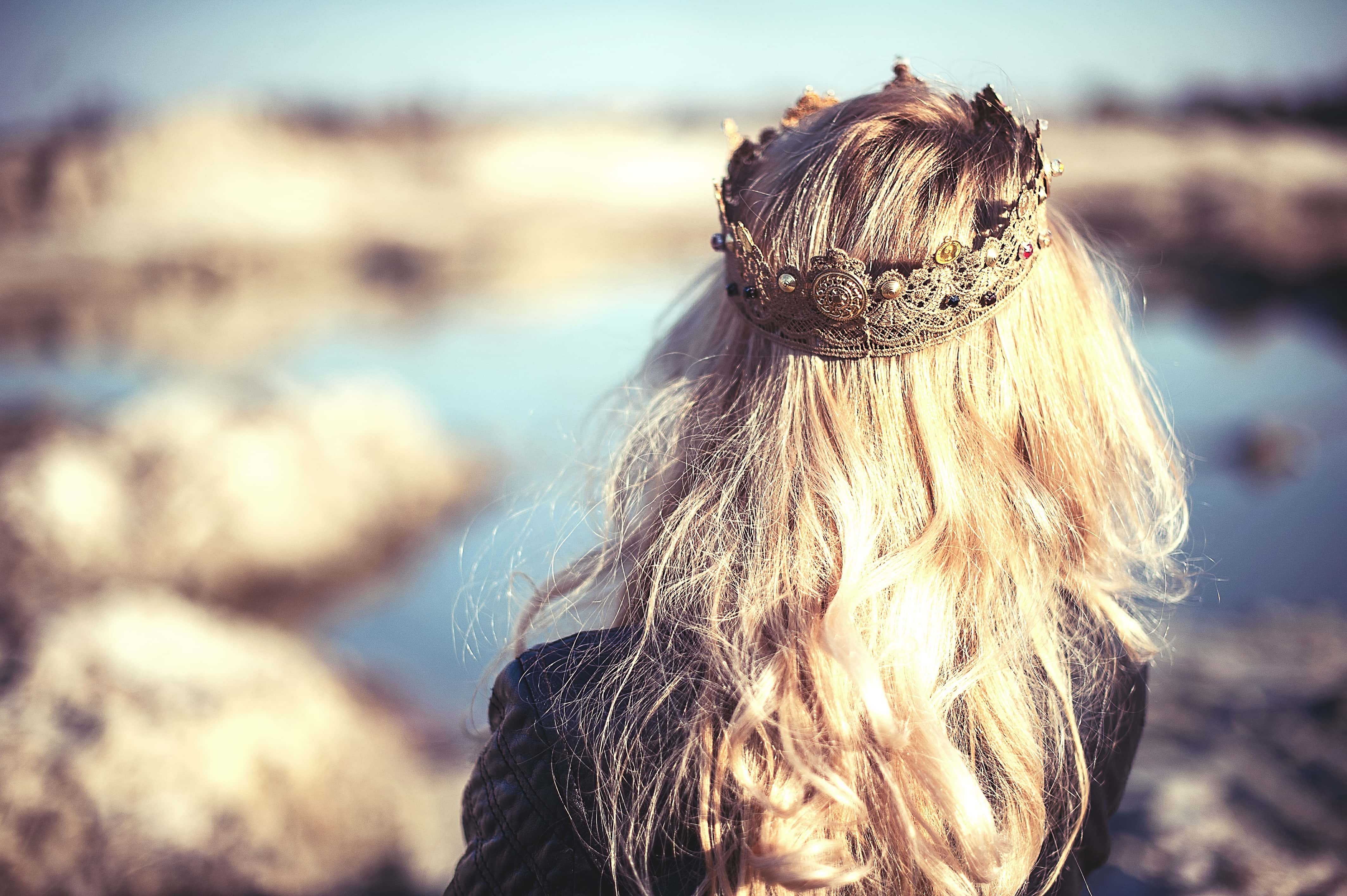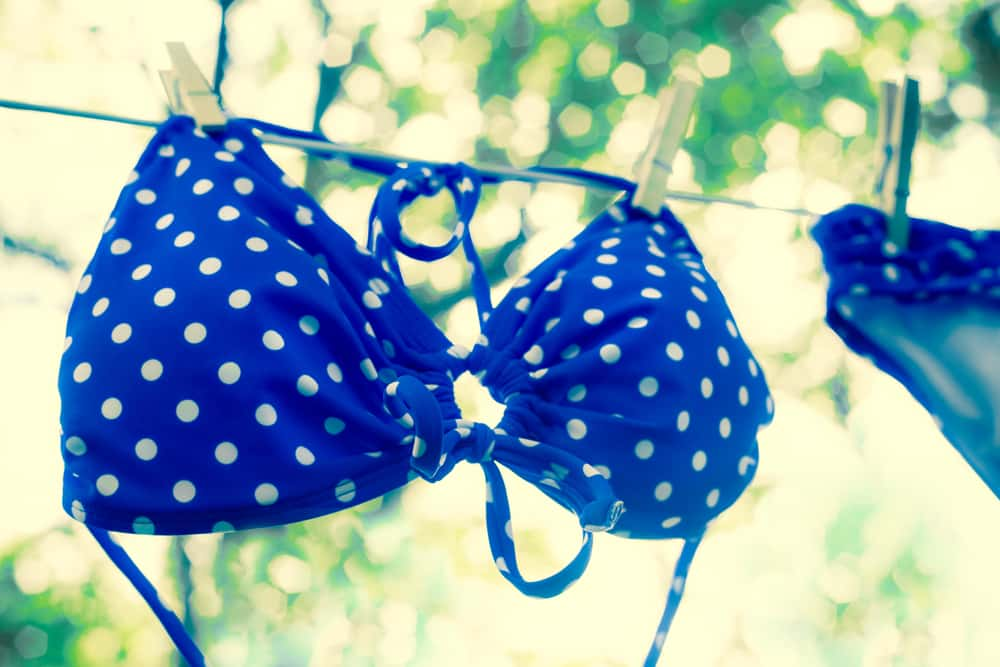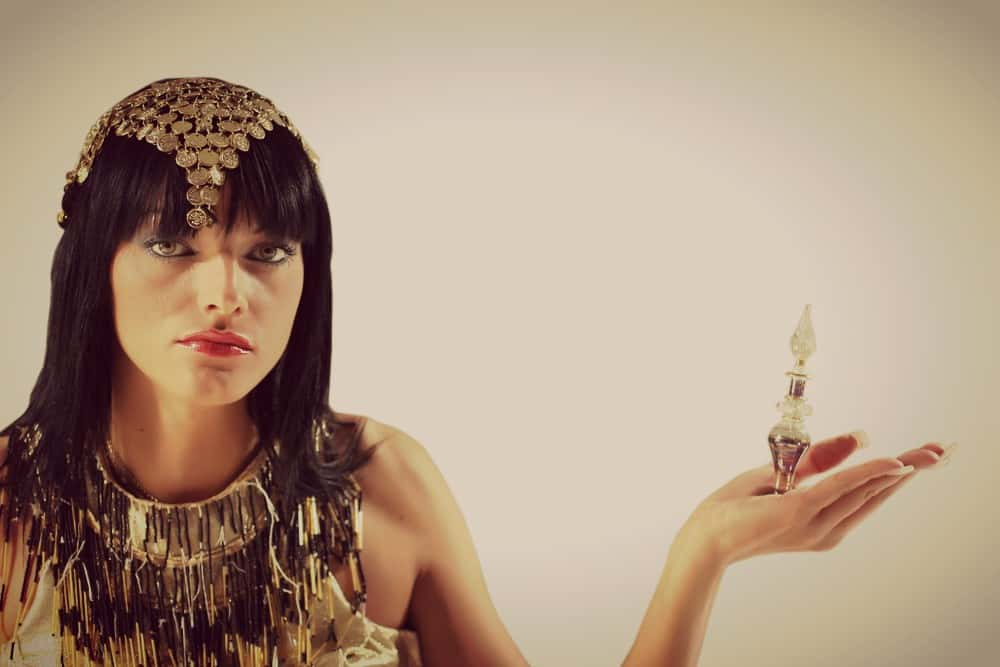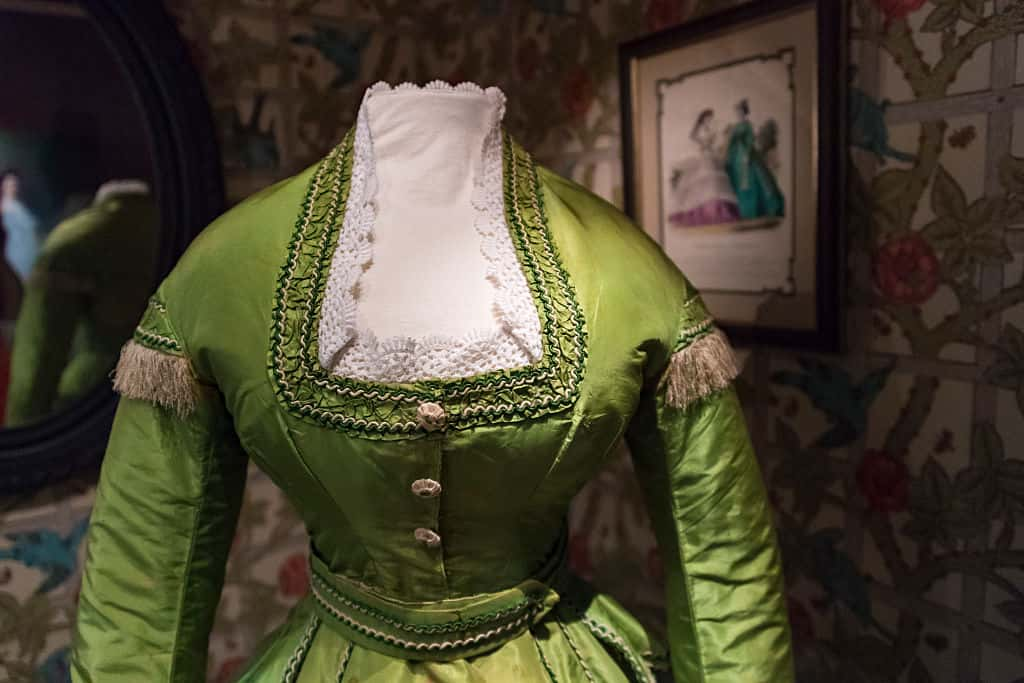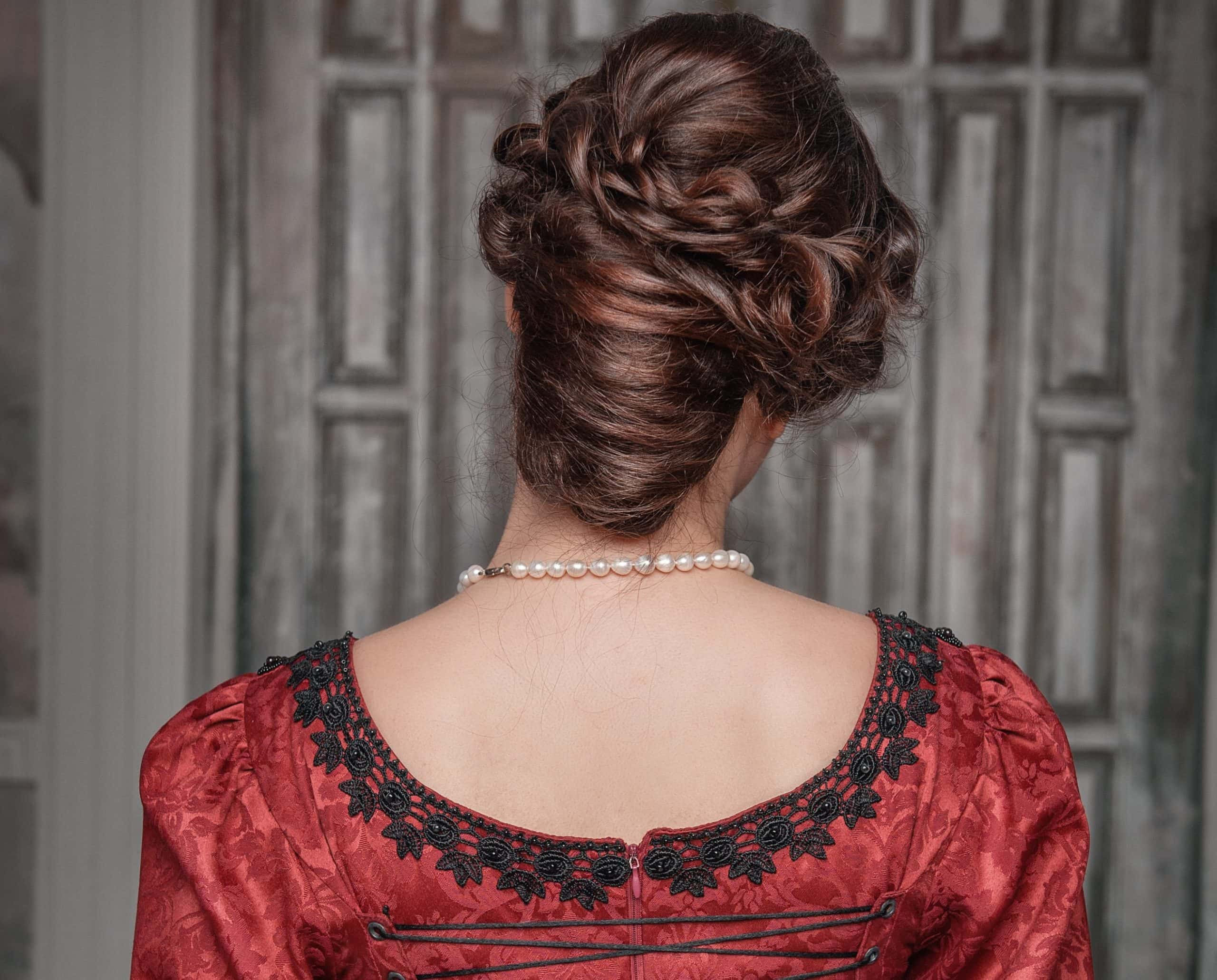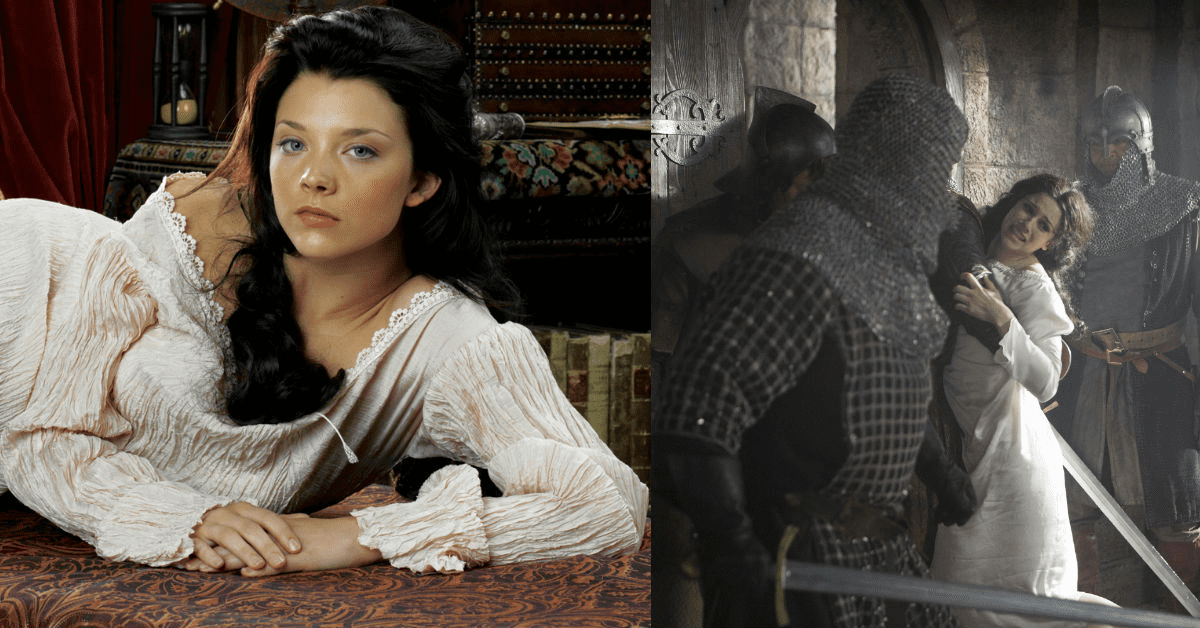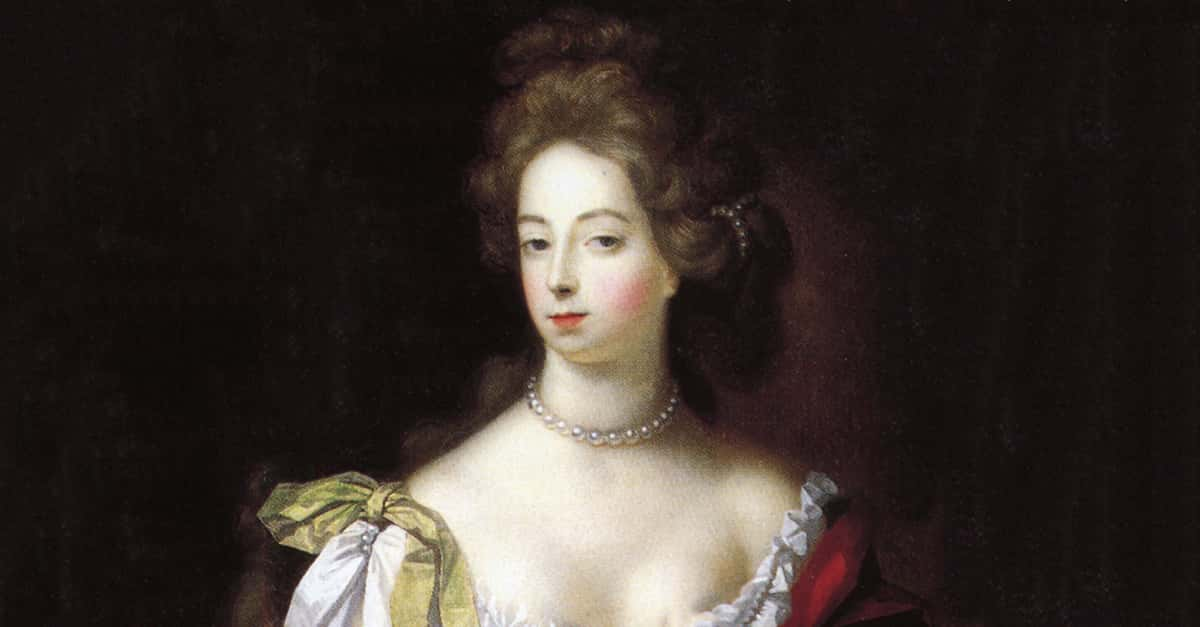Most of us hate to remember unfortunate fashion choices from our pasts—mullets, jeans under dresses, and orange tans spring to mind. It may help to know that humans have been making bizarre beauty mistakes throughout our history. These 42 facts will tell you all about the weird fashion and beauty trends that must have seemed like a good idea at the time.
1. Blue Blood
Pale, almost translucent, skin was all the rage in the 1700s. French women would even draw over their veins in blue pencil to accentuate their ghostliness.

2. Not Just for Disco
In Medieval and Renaissance Europe, it was common for the nobility to wear tall platform shoes called "chopines" to protect their clothes from the dirty streets. The taller the chopines, the higher the wearer’s status—they could be as tall as 20 inches!
3. Hobbled by the Pope
A major trend before the First World Wwas the hobble skirt—a long skirt that was tight around the ankles so that the wearer had to “hobble” to get around. The restrictive skirt caused deaths and accidents, and spurred a labor crisis when it eliminated demand for petticoats. Hobble skirts also created a sexy silhouette that was so shocking they were condemned by the Pope, who called them "scandalous and corrupting".
4. Tudor Fivehead
High foreheads were all the rage in Elizabethan times. Women would pluck their hairlines back an inch or more to get the biggest forehead they could.
5. It’s All an Act
Probably the earliest platform shoe was the cothurnus, which was worn by Ancient Greek actors to emphasize the importance of a character—the taller the shoes, the more central the character was to the plot. They could be as high as six inches.
6. Walk a Mile in My Corset
Women have worn restrictive clothing in the quest for a narrow waist for centuries, but for a brief period men got a taste of their suffering. From the 1820s to the 1840s, it was fashionable for men to have the classic “wasp-waisted” figure
7. What a Drag
Cracow shoes—long, pointy shoes popular in the 14th century—could get so long that the toe had to be attached to the leg with a string so that it wouldn’t drag.
8. Nothing to Do With Pasta
In the song “Yankee Doodle,” have you ever wondered about the line “Stuck a feather in his cap/ And called it macaroni”? This is a reference to the 18th-century “macaroni” fashion trend, which had young British men wearing tight, gaudy outfits and extravagant wigs. The line in the song is mocking an American simpleton who thinks he can keep up with the fashion just by putting a feather in his cap.
9. Long Way to Go
Skull shape was a status symbol to the Mayan people. They would begin to elongate a baby’s skull just a few days after birth by binding it between two boards.

Sign up to our newsletter.
History’s most fascinating stories and darkest secrets, delivered to your inbox daily. Making distraction rewarding since 2017.
10. Paper Bag Princesses
This trend was short-lived, in more ways than one! In the 1960s, a paper manufacturer started selling novelty mini-dresses made out of paper. They were a huge hit, but the trend didn’t last: these dresses would rip after only one or two uses.
11. ...Or Are You Just Happy to See Me?
Codpieces were popular in the late Renaissance as a means to emphasize and draw attention to a man’s genital region. “Cod” meant “scrotum” in Middle English.
12. A Shell with Your Name on It
It was hard to avoid the influence of the conflict in the 1940s, and army-sounding terminology even crept into underwear fashion. The Shell bra, or torpedo bra, promised women “maximum projection” for their bosoms.
13. Remember to Floss!
Status symbols can come from strange inspiration sometimes. In Elizabethan times, sugar was rare, and only available to the wealthy. The Queen loved her sweets, and there are stories that her teeth were so decayed that she was hard to understand. This led to a trend where women would blacken their teeth on purpose to give the impression that they could afford sugar.
14. Bombastic Appearance
Under Queen Elizabeth, bombasting—extravagantly stuffing parts of your clothing to exaggerate a feature—became widespread. Both men and women would bombast their sleeves, and men even used bombast to give themselves big, full bellies. A man’s bombast could weigh up to six pounds.
 Elizabeth: The Golden Age, Universal Pictures
Elizabeth: The Golden Age, Universal Pictures
15. Late Bloomers
There was a brief trend in the 1850s for women to wear bloomer suits, which featured wide-legged trousers tied at the ankle underneath a short dress. These suits created a scandal, and were associated with suffragettes and temperance activists. Though bloomers became more popular in the 1900s, college women were only allowed to wear them for sports up until the 1930s.
16. Business in the Front, Party in the Back
Though we now associate mullets with the 1970s and 80s, the very first mullets appeared in the Byzantine Empire in the 6th century AD. A contemporary scholar described young men growing their hair long in the back, but cutting it short over their foreheads.
17. Lace It Up
America’s Puritan settlers had strict ideas about what poor people ought to wear. One Massachusetts law from 1651 forbade low-income people from wearing fancy materials like silk—they couldn’t even wear lace that they made themselves. Now that's just adding insult to injury!
18. End of the Silk Road
There was a law in Ancient Rome forbidding men from wearing silk, because they found the exotic fabric emasculating. One senator feared that it would “degrade the male intercourse”. Their loss, I guess.
19. Suffering for Beauty
Foot binding—the practice of molding girls’ and women’s feet with tight binding—was common in China for hundreds of years. The practice frequently caused infection and disease, sometimes causing women’s toes to fall off. It’s thought that 10% of women who had their feet bound passed from gangrene and other infections because of it.
20. Riot Girls
During the Second World w, nylon became so scarce that women actually had to paint their legs to just to give the appearance of stockings. When nylons finally returned to stores companies couldn’t keep up with women’s frenzied demand, leading to the Nylon Riots of 1945-46.
21. Chrome Domes
Ancient Egyptians felt that their hair was unclean, and would shave off as much of it as they could. Wealthy men and women would shave their heads and wear elaborately-styled wigs and headdresses.
22. Just Like Quarterbacks
Both men and women wore black eyeliner in Ancient Egypt—it was fashionable, and also practical: it protected their eyes from the glare of the sun.
23. Who Wears the Pants?
Ancient Greek men didn’t wear trousers, and they thought men from other cultures who wore them were barbaric and effeminate.
24. Looks to Perish For
Women in Ancient Greece and Rome adorned themselves with all kinds of poisonous cosmetics. They whitened their faces with lead, removed hair with arsenic, and rouged their lips and cheeks with cinnabar, a dangerous compound containing mercury.
25. Inside-Out
Ancient Greek women sometimes wore a strophion, a belt fastened tightly under the bust for support. However, unlike modern bras, the strophion was worn over top of their normal clothes.
26. Slasher Horror
In the 17th century, slashed sleeves were the height of fashion. Wearers would pull layers of extravagant fabric through the slashes in order to show off as much expensive clothing as possible. The Puritans tried to put a stop to it, but even they couldn’t eliminate slashing completely: as one 1634 law stated, “No person either man or woman shall make or buy any slashed clothes, other than one cut in each sleeve and another in the back”.
27. Cover Up
In England in the late Middle Ages, it was popular for men to wear very short tunics with tight leggings underneath. Apparently, not everyone wanted to see that: In 1463, a law was passed that allowed only noble men to wear tunics short enough to show their buttocks. As if the nobility weren't already lucky enough!
28. Hold Your Head Up High
The pointy Medieval hat that we all associate with princesses is called a "hennin". Hennins were inspired by the headdresses of Mongolian royalty, which could be up to four feet tall.
29. Sign of Trouble
The frilly white caps that you might picture on French maids are called "mob caps". They got their name in the French Revolution, when working-class French women would wear these caps to hold their hair back. When they took to the streets in revolt, they were still wearing the chapeaus, and the name "mob cap" stuck.
30. Noisy Fashion
Kabkabs were a type of Middle Eastern platform shoe designed to protect the wearer from the dirty ground. They could be over a foot tall, and they got their name from the sound they made when people walked in them.
31. Bark but No Bite
In Finland, people used to make shoes out of tree bark. The only problem was: the fashionably woven footwear only tended to last about a week. Gotta say, despite the brief lifespan, they do look pretty good.
32. What a Heel
Victoria Beckham popularized heelless shoes in 2008. While their designer, Antonio Berardi, insisted that they were comfortable and perfectly balanced, doctors have warned that the shoes could cause permanent damage to the wearer’s feet, knees, and spine.
33. Atomic Glow
In the early-20th century, radium was an exciting new source of energy that didn’t seem to have any dangerous effects. A company employed women to paint radium onto watches to make them glow in the dark, and these “radium girls” had fun putting the radioactive material on their hair and nails, too. The company paid a settlement once the dangers of radiation became clear, but by then, it was too late for the radium girls, many of whom passed from radiation intaking.
34. Going Commando
Most women didn’t wear "drawers" (underwear that covers the intimate parts) until the 1800s. Before that, they just wore slips or petticoats under their dresses.
35. These Boots Were Made for Dancin’
A new shoe craze recently took over Mexico: farmers and ranchers started wearing flamboyant cowboy boots, covered in sequins, with pointy toes up to 35 inches long. It didn't take long for these boots to be found on dance floors across the country.
36. Mona Lisa Brow
During the Renaissance, when big foreheads were all the rage, eyebrows were not considered beautiful, so women shaved them off. Maybe this is part of the Mona Lisa’s beauty?
37. Your Hair Smells Funny
In Ancient Rome, women dyed their hair blonde using pigeon dung.
38. What’s Your Secret?
In the Middle Ages, women used horse urine to bleach their hair.
39. Not My Style
When the bikini debuted at a Paris fashion show in 1946, all the models refused to wear it. The designer had to hire a stripper to display it.
40. What's That Smell?
Instead of deodorant, Ancient Egyptians would wear scented wax or grease cones on top of their heads.
As the cones warmed up and melted, they would release a nice smell.
41. It's Not Easy Being Green
It was fashionable in the Victorian Era for women to wear brilliant green dresses—dyed with arsenic. While the dresses were dangerous to their wearers and could cause rashes and other discomfort, the real victims were the seamstresses who worked with the dyed fabric all day. Arsenic intaking could cause headaches, confusion, diarrhea, coma, and demise.
42. Flaunt It if You've Got It
There have been times when it was fashionable for women to expose their chest in polite society. In fact, the trend was prevalent enough in the court of England’s King Henry VI that he felt the need to complain about it in official records.
Sources: 1, 2, 3, 4, 5, 6, 7, 8, 9, 10, 11, 12, 13, 14, 15, 16, 17, 18, 19, 20, 21, 22, 23, 24, 25, 26, 27, 28, 29, 30, 31, 32, 33, 34, 35, 36, 37


